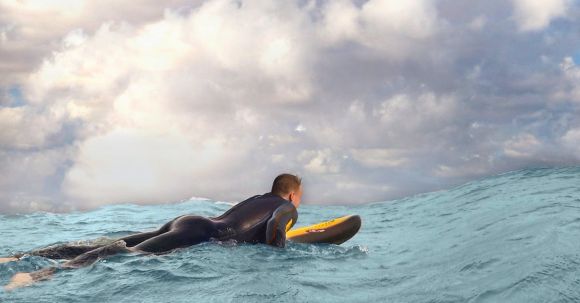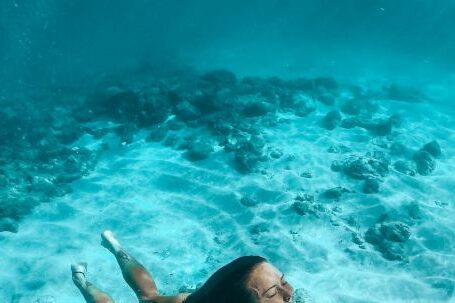When it comes to scuba diving, there are many factors to consider to ensure a safe and enjoyable experience. One important aspect is the type of breathing gas you use, and one popular option is Nitrox, also known as enriched air. In this article, we will dive into the world of Nitrox and explore its benefits and considerations.
What is Nitrox?
Nitrox is a breathing gas that contains a higher percentage of oxygen and a lower percentage of nitrogen compared to regular air. While regular air consists of approximately 21% oxygen and 79% nitrogen, Nitrox typically has an oxygen content of around 32% to 36%. This increased oxygen level provides several advantages for divers.
Benefits of Diving with Nitrox
1. Extended Bottom Time: One of the main benefits of Nitrox is the ability to extend your bottom time. Since nitrogen is responsible for decompression sickness, reducing its percentage in the breathing gas can increase the allowable dive time at certain depths. This means more time to explore underwater without compromising safety.
2. Reduced Nitrogen Narcosis: Nitrogen narcosis, also known as “the bends,” is a condition that affects divers at greater depths and high nitrogen levels. It can cause confusion, impaired judgment, and even unconsciousness. By using Nitrox with a lower nitrogen content, divers can reduce the risk and severity of nitrogen narcosis.
3. Faster Surface Intervals: After a dive, it is crucial to allow your body to off-gas excess nitrogen before diving again. Using Nitrox can shorten the surface interval needed between dives as there is less nitrogen to off-gas. This means more time in the water and fewer hours spent waiting on the surface.
Considerations for Diving with Nitrox
1. Oxygen Toxicity: While Nitrox offers several benefits, it also comes with potential risks. Oxygen toxicity is one such risk. Breathing high levels of oxygen for an extended period can lead to seizures, convulsions, and other serious health issues. It is vital for divers to adhere to proper oxygen exposure limits and undergo specialized training before diving with Nitrox.
2. Equipment Compatibility: Another consideration is equipment compatibility. Nitrox requires specific equipment that can handle the increased oxygen content. This includes specialized cylinders, regulators, and dive computers. Divers must ensure that their equipment is compatible and properly maintained before using Nitrox.
3. Dive Planning and Analysis: Diving with Nitrox involves additional dive planning and analysis. Before each dive, divers need to analyze the Nitrox mixture and calculate the maximum operating depth (MOD) to avoid exceeding oxygen exposure limits. This requires a good understanding of dive tables, formulas, and the use of dive planning software.
Tips for Diving with Nitrox
1. Get Certified: To safely dive with Nitrox, it is essential to undergo specialized training and become Nitrox certified. This certification covers the theoretical knowledge and practical skills necessary to handle Nitrox equipment and plan Nitrox dives.
2. Regular Gas Analysis: Always analyze your Nitrox mixture before diving. This ensures that the gas composition is within the specified limits and provides accurate information for dive planning.
3. Stay Within Your Limits: While Nitrox can extend your bottom time, it is crucial to stay within the limits of your training and experience. Remember to dive conservatively and make safety your top priority.
In conclusion, diving with Nitrox offers several benefits, including extended bottom time, reduced nitrogen narcosis, and faster surface intervals. However, it also requires careful consideration of oxygen toxicity, equipment compatibility, and proper dive planning. By getting certified, regularly analyzing gas mixtures, and staying within your limits, you can enjoy the advantages of Nitrox while ensuring a safe and enjoyable diving experience.





